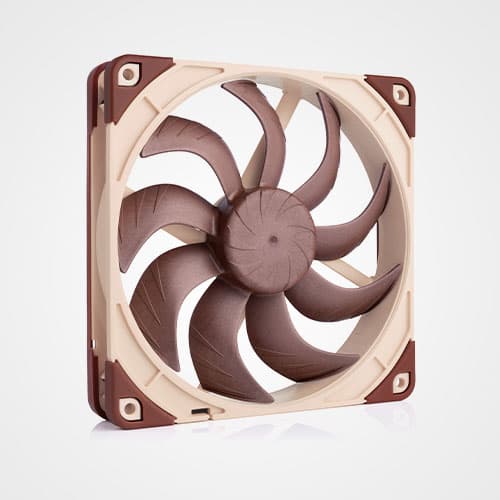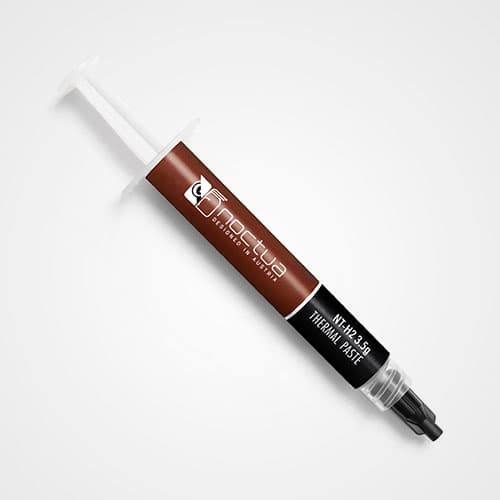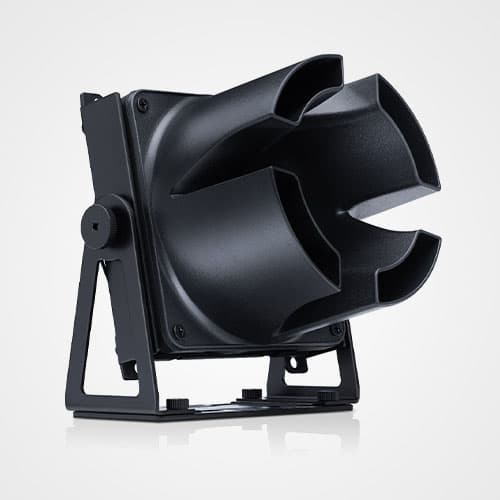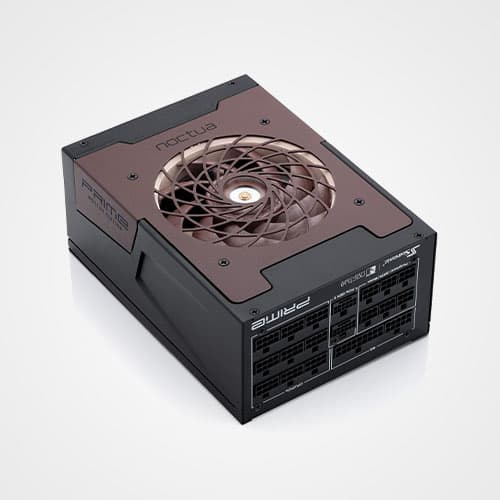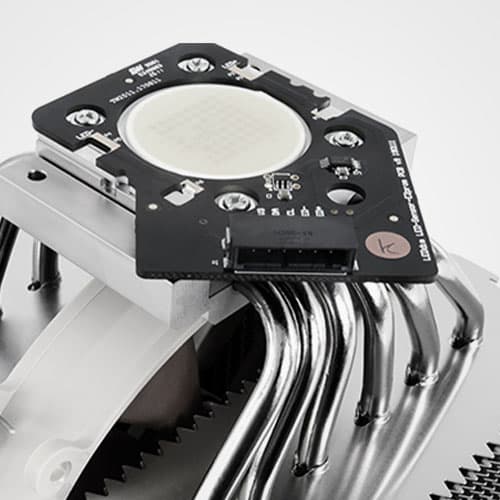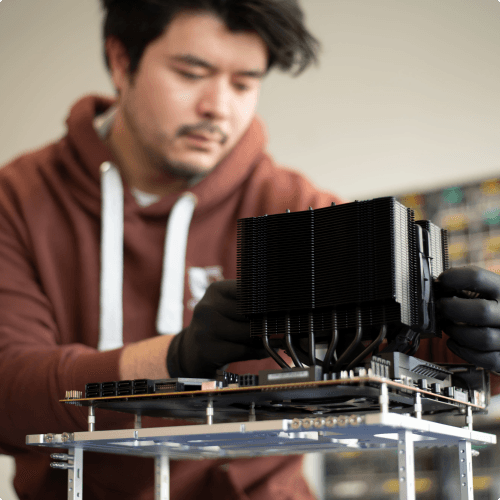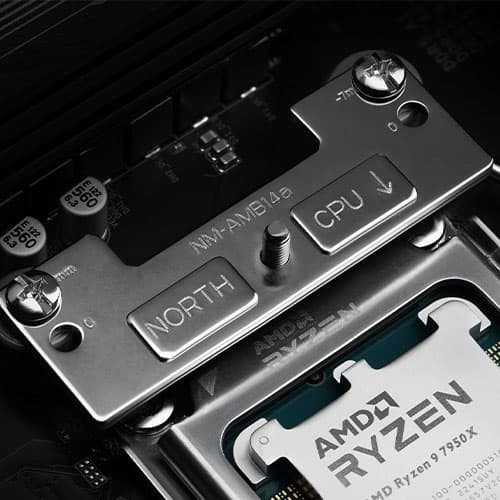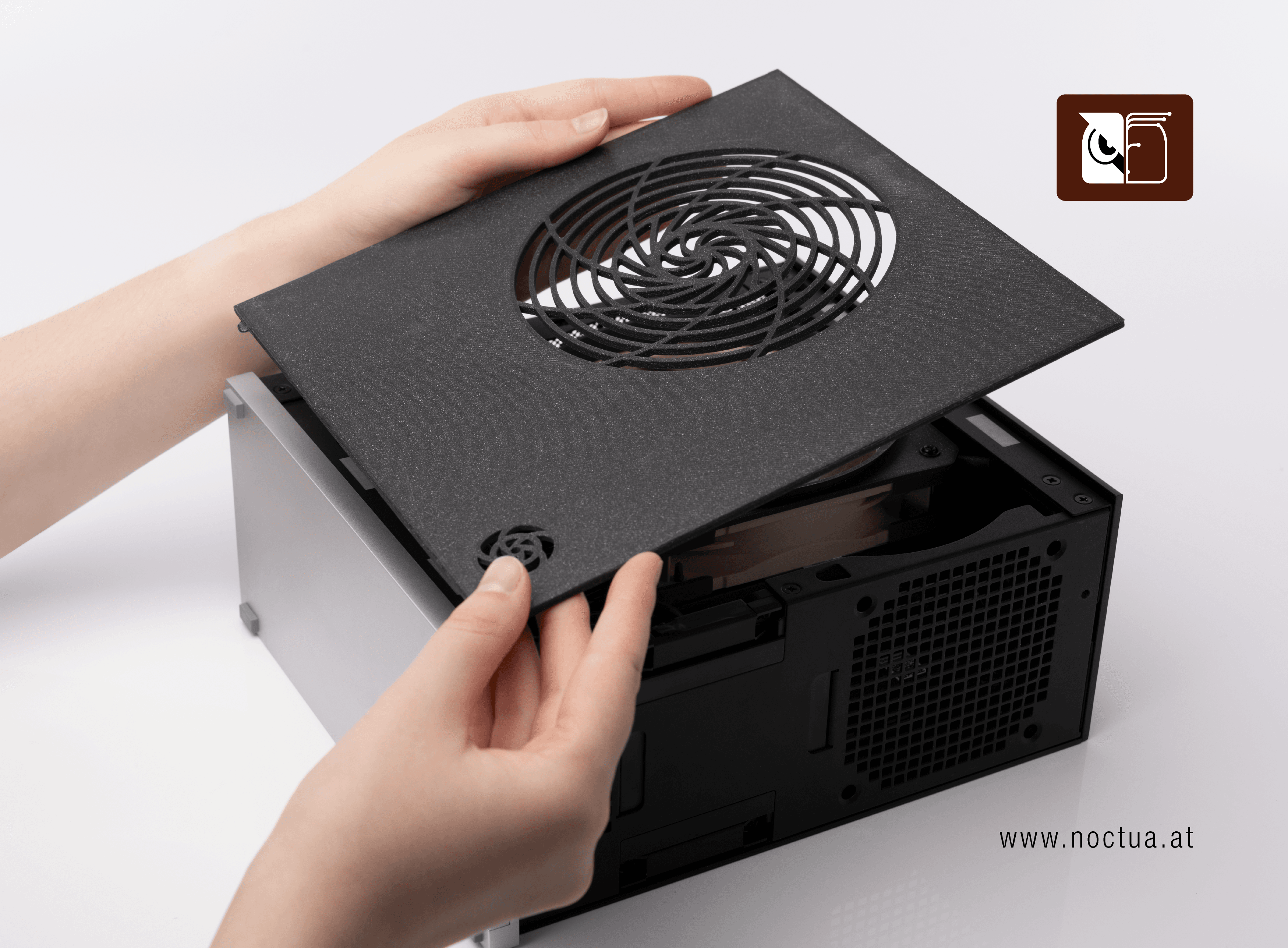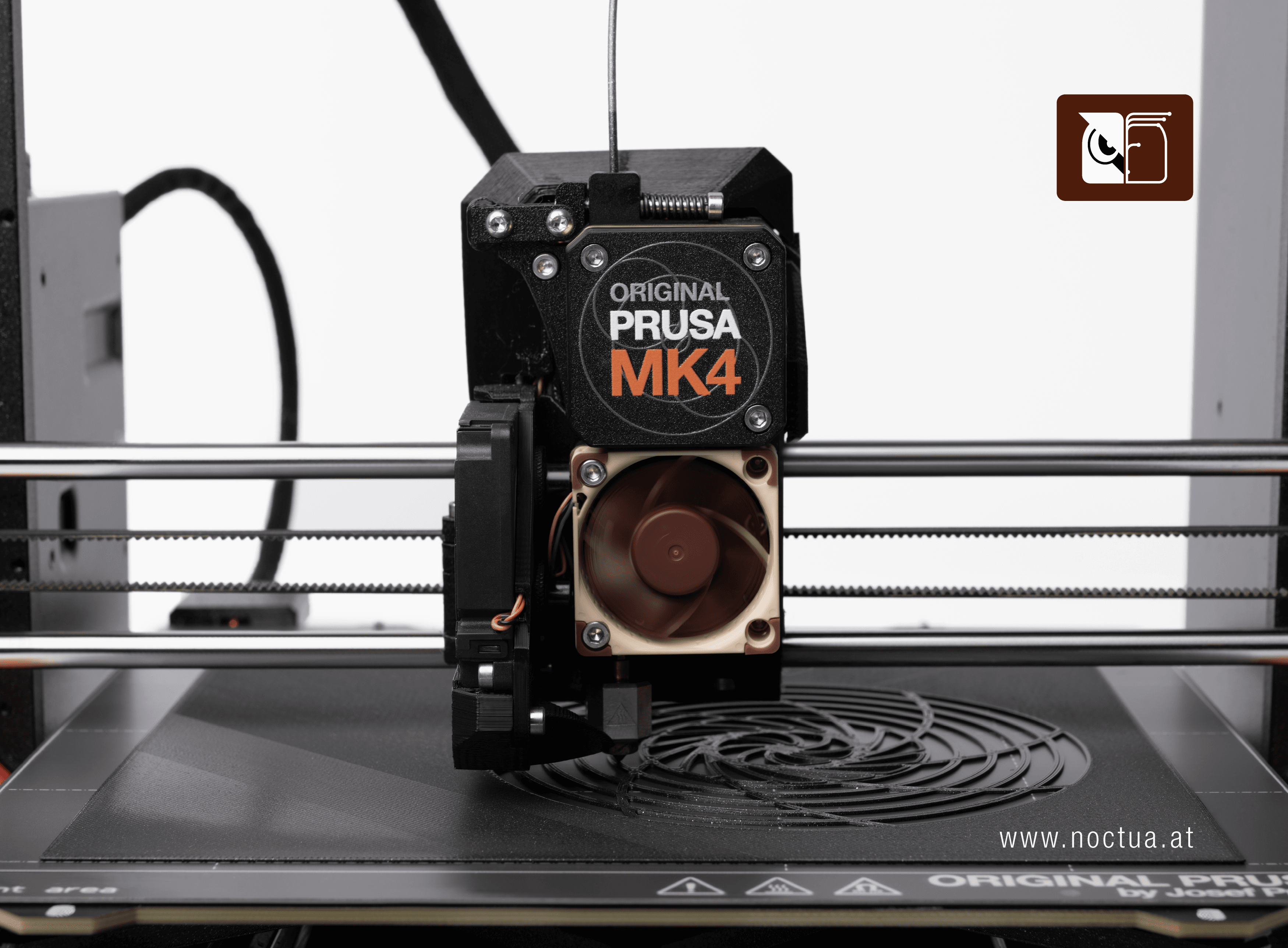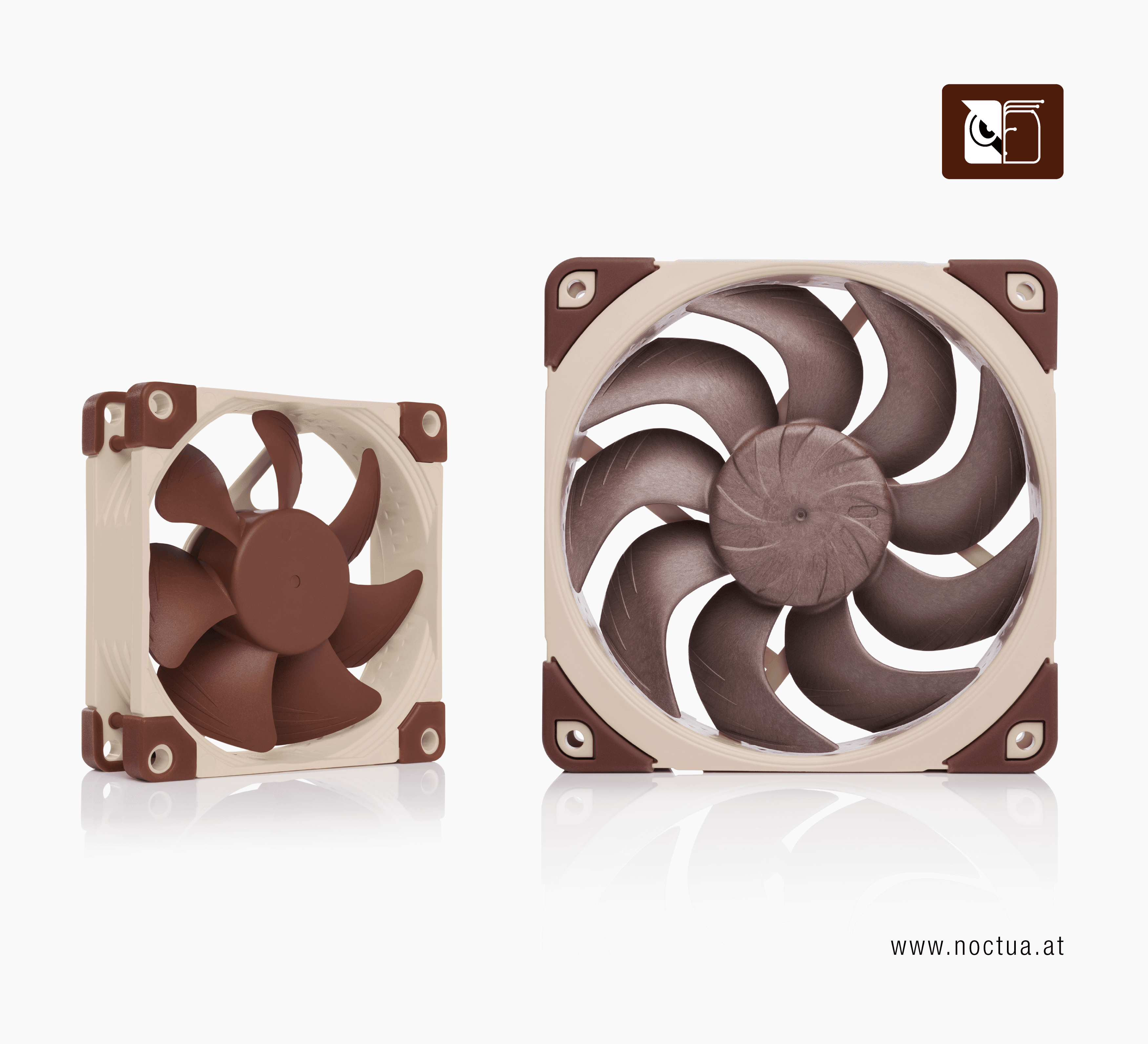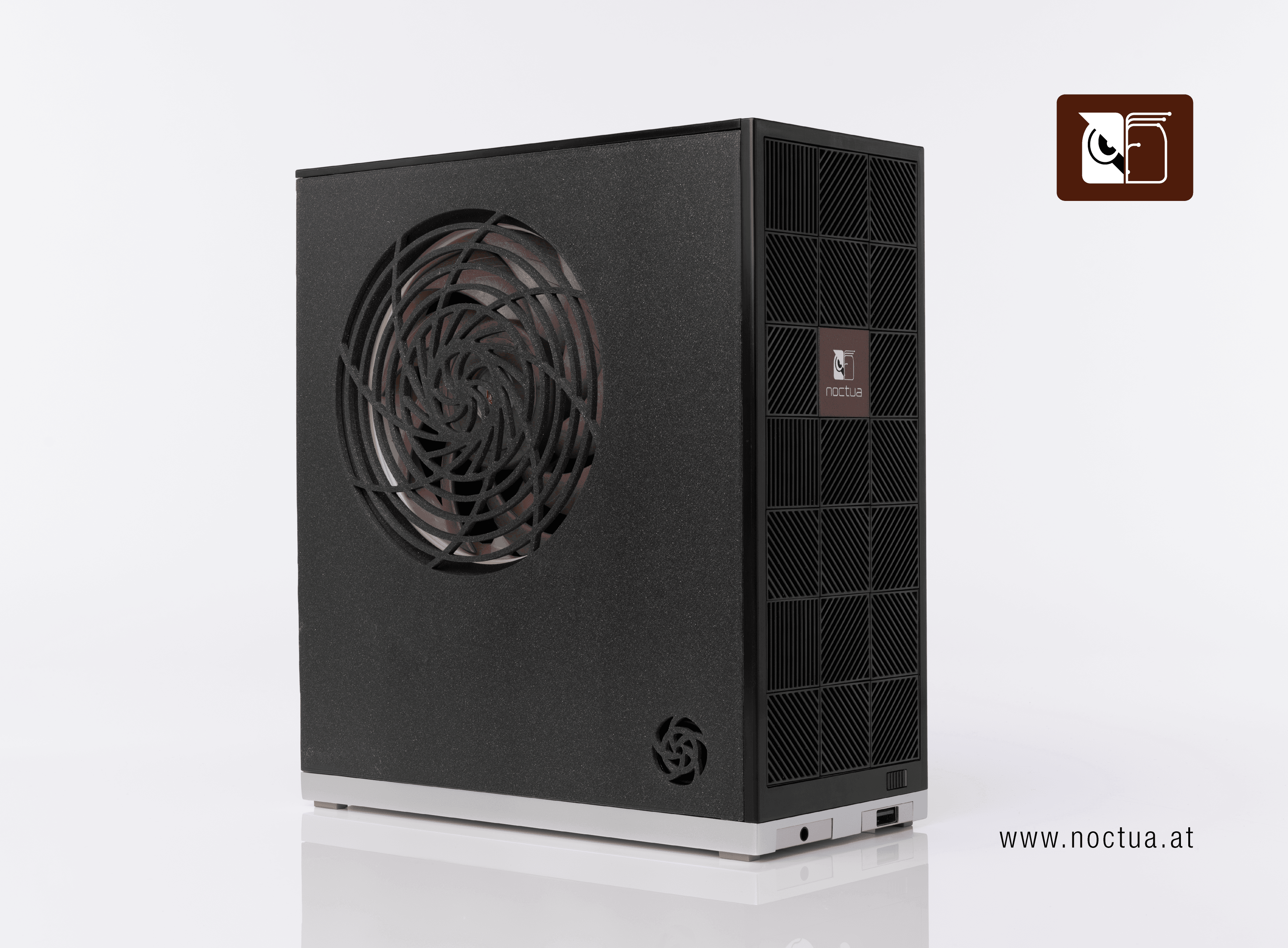How to make the Framework Desktop run even quieter
Not so long ago, the compact, small form factor PC segment witnessed a significant refreshment with the launch of the Framework desktop PC. If you've missed it and are wondering why this mini-PC is considered so special, it's because it was the first desktop PC to utilise the AMD Ryzen AI Max APU, a processor previously exclusive to laptops.
The AMD Ryzen AI Max processor stands out for its exceptional speed and integrated graphics performance, frequently surprising users with its gaming capabilities, even on demanding titles. Users often highlight its powerful integrated GPU, which can leverage a massive memory pool (up to 96GB for AI tasks), allowing it to efficiently handle complex AI and deep learning workloads. The raw performance delivered by this chip makes it a worthwhile choice for intensive tasks and creative workflows.
As a collaborator and partner on the Framework Desktop mini-PC project, our first steps involved integrating our NF-A12x25 fan and a fan duct. This way, we could significantly reduce system noise levels while ensuring safe operating temperatures – you can read more about this here. But can the Framework Desktop be made even quieter? We wanted to leave no stone unturned to find out, so we took it a step further by trying to integrate our signature Noctua fan grill design that debuted on the Seasonic Prime TX-1600 Noctua Edition power supply.
It must be noted that customer safety and EMC requirements for the mini PC, a standalone electrical item, differ from those for hardware components (such as the PSU) designed to be inside a PC case. The safety standard suggests that ventilation openings on case side panels need to be less than 5mm in diameter. To comply with safety regulations, we created an updated version of the original fan grill as implemented on the Seasonic Prime TX-1600 Noctua Edition power supply featuring more struts and a smaller opening size, ensuring full adherence to these standards. To complement the new grill design, we have also designed a custom, funnel shaped fan duct that makes maximum use of the outermost openings of the custom side panel.
In combination, the custom side panel and duct design provided a massive noise reduction compared to the stock configuration, particularly in lower fan speed ranges. We have measured around 7 dB(A) lower noise levels at around 50% fan speed, and up to 5 dB(A) lower at higher fan speeds, when compared at the same APU operating temperature.
While the custom side panel with our signature Noctua grill as well as the custom fan duct are not slated for mass production at this point, we are more than happy to share the 3D CAD files for everyone who is looking to make their Framework Desktop run even quieter.
Both the custom side panel and the customised fan ductare available to download at Printables.com for you to 3D-print at home:
- Custom side panel with Noctua-style fan grill
- Custom fan duct to make best use of the custom side panel
Fortunately, the quality of 3D printing technologies has advanced so much that you can end up with a nice, clean side panel, which will additionally optimise the sound profile, or bring your APU temperatures down significantly.
In addition to redesigning and testing the Noctua fan grill, we also evaluated various other scenarios. These included replacing the NF-A12x25 with its G2 variant and incorporating an additional 8cm fan for exhaust purposes. The findings of these tests may prove surprising. The additional NF-A8 PWM fan, which was added as an exhaust fan at the front of the case, yielded slightly lower temperatures, but at the expense of extra noise emission, so it’s not a setup that we would recommend from a performance-to-noise efficiency point of view.
While upgrading to an NF-A12x25 G2 does provide some acoustical benefits compared to the stock setup (around 1 to 1.5 dB(A) lower noise levels at the same temperatures), its maximum speed is limited to 1800 RPM, so it cannot match the performance headroom of the 2400 RPM HS-PWM version of the NF-A12x25 that is supplied with the Framework Desktop PC. This high-speed version of the „G1“ fan is a safeguard that ensures the system can maintain full performance in worst-case conditions with high ambient temperatures. In other words, we would only recommend upgrading to the NF-A12x25 G2 if you seek to lower noise levels as much as possible and if you are willing to sacrifice the maximum performance headroom in worst-case scenarios that the G1 HS-PWM fan provides.
In summary, after a lot of simulation, experimenting and testing, we can conclude that not all tweaks to the Framework Desktop’s cooling setup make sense. However, if you have access to a 3D printer, swapping the stock side panel and fan duct for the custom designed ones can help to make your unit run significantly quieter.
Mentioned products
Explore the products featured in this article.
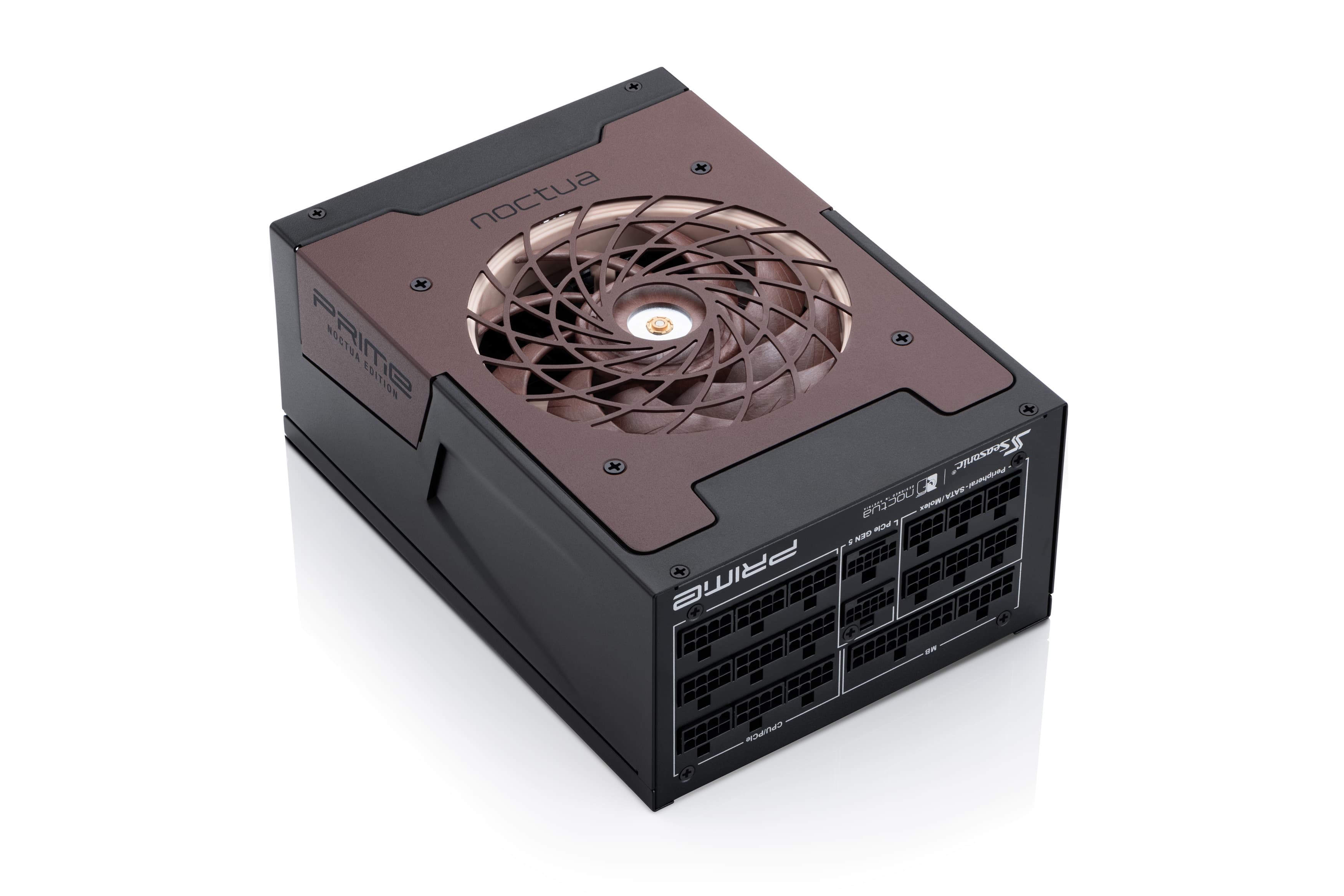
Seasonic PRIME TX-1600 Noctua Edition

NF-A12x25 G2 PWM
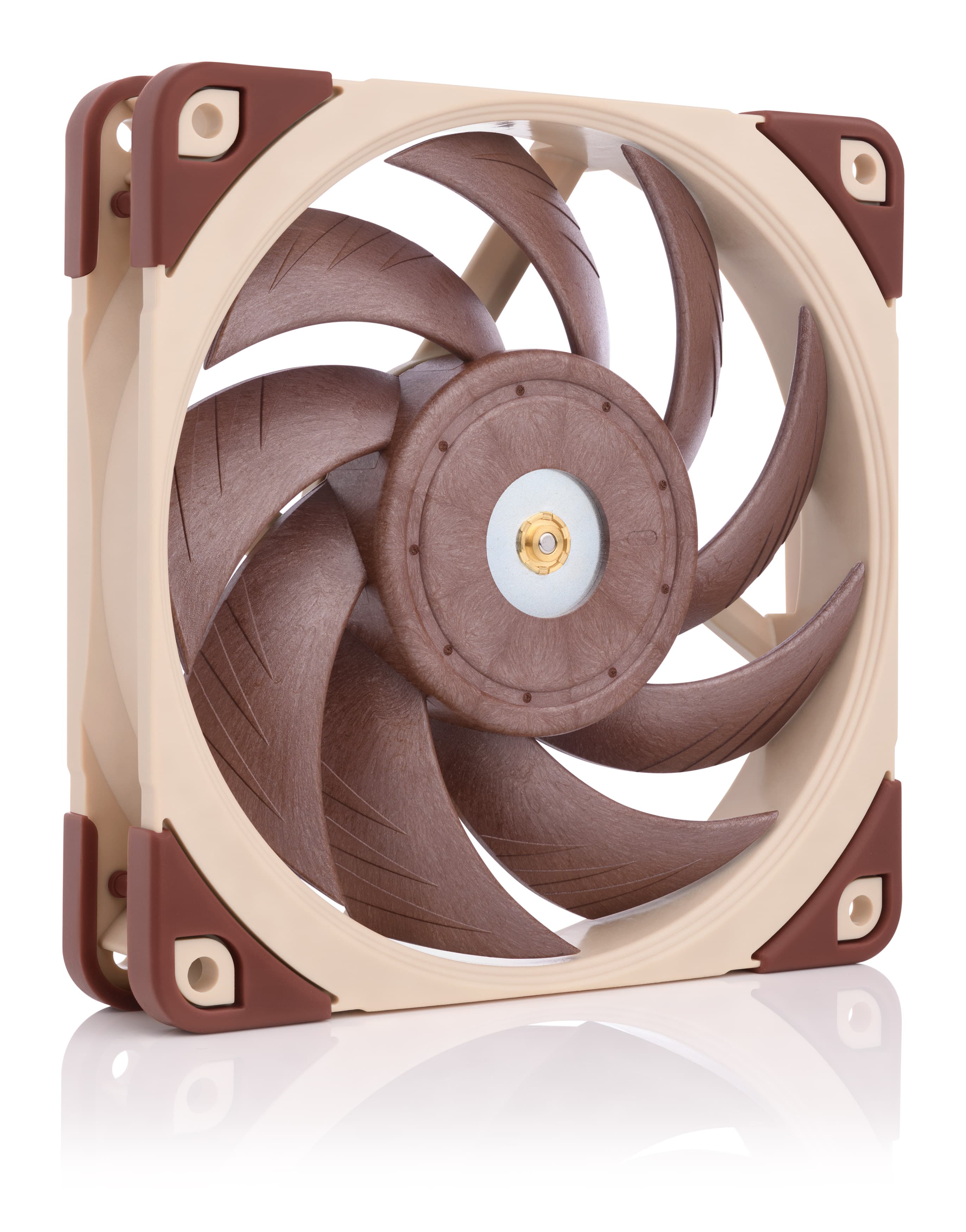
NF-A12x25 PWM
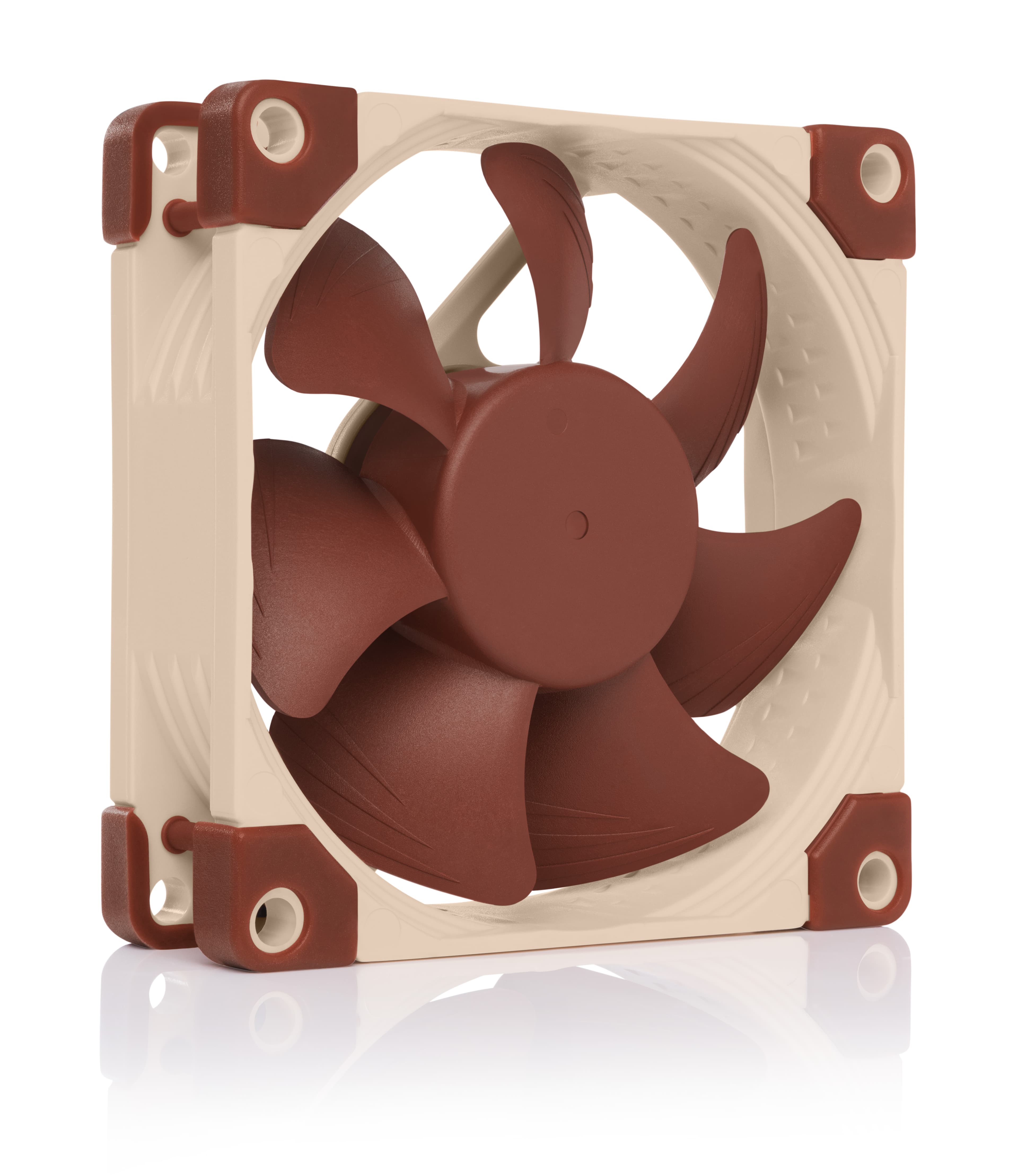
NF-A8 PWM
Related articles
Want to know more on this topic? Explore relevant articles and resources.

Superior quiet cooling: ASUS RTX 5080 Noctua Edition performance analysis
Featuring three NF-A12x25 G2 fans and a custom-engineered heatsink, the ASUS RTX 5080 Noctua Edition GPU sets a new benchmark for near-silent performance.

NA-IS1 performance guidelines
Inlet spacers can reduce turbulence in suction applications, improving both acoustics and performance. But how do these improvements vary across fan models and applications?

Fan speed offset explained: Beat frequency theory
When two fans are running together at almost the same speed, their acoustic interaction can lead to undesirable harmonic phenomena, known as beat frequencies.
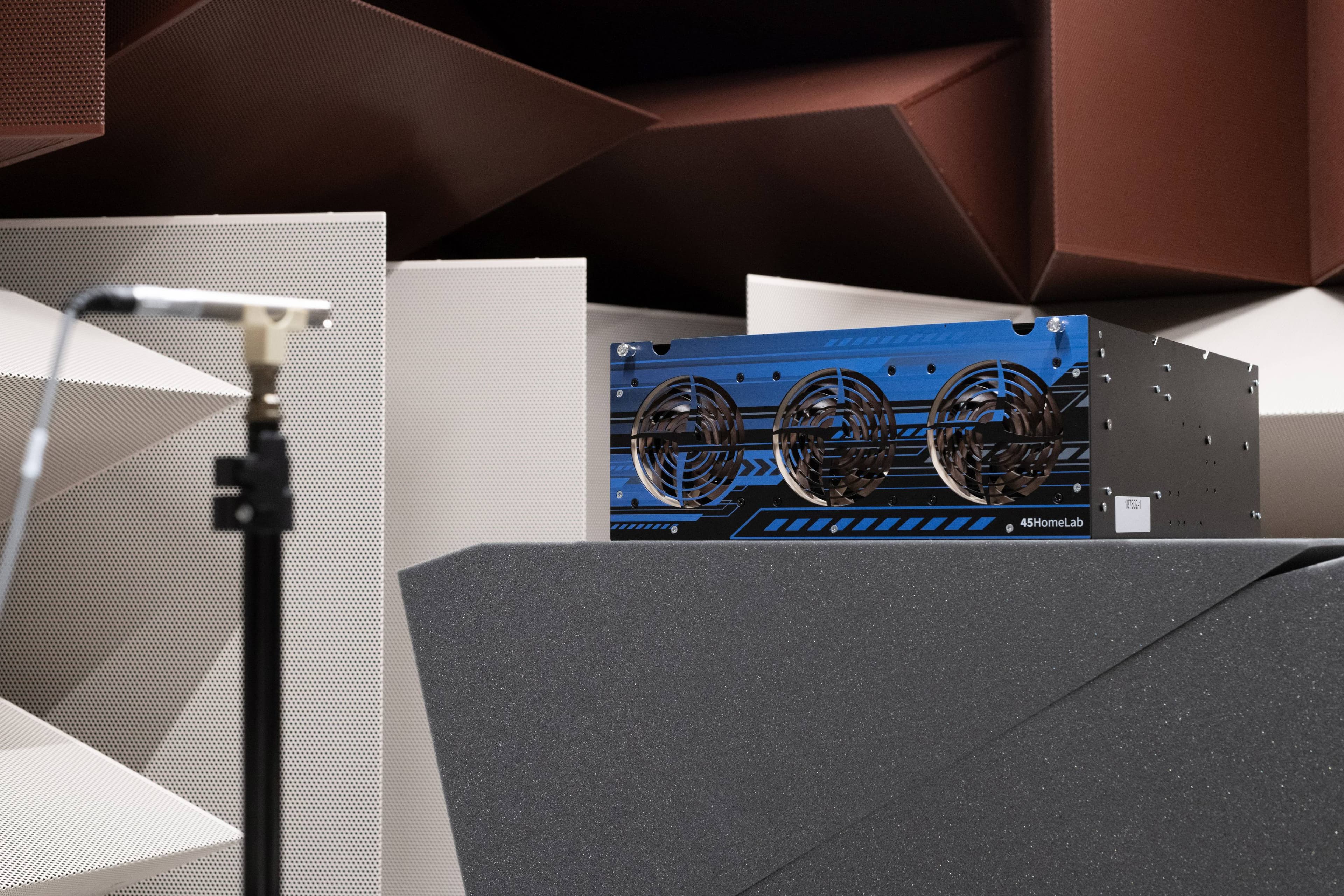
How Noctua fans make 45HomeLab’s HL15 chassis run cooler and quieter
By opting for the Noctua upgrade option with NF-A12x25 PWM fans, HL15 users can achieve higher cooling performance and lower noise levels at the same time.

